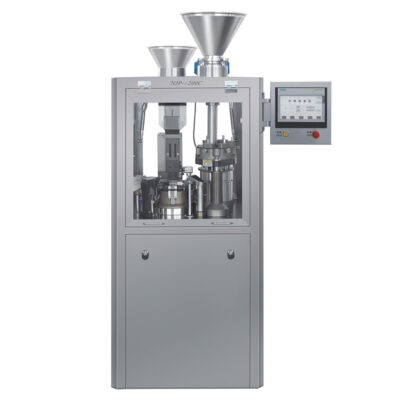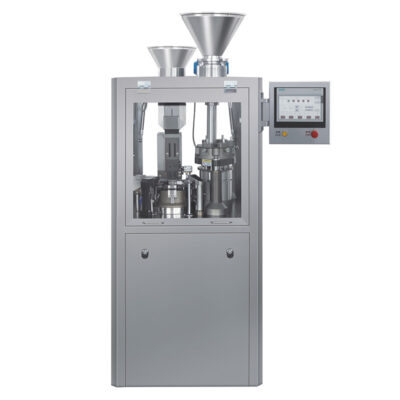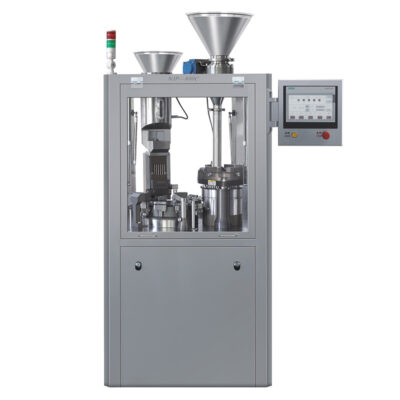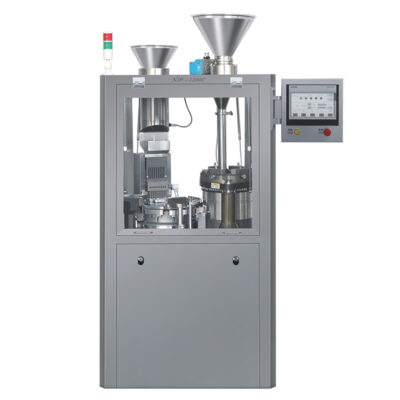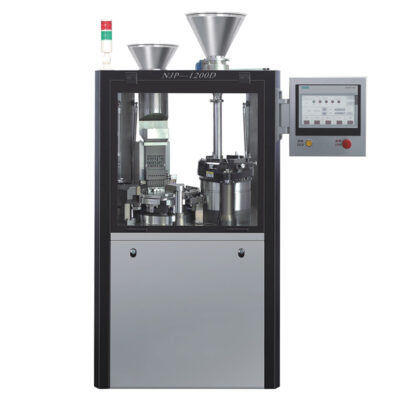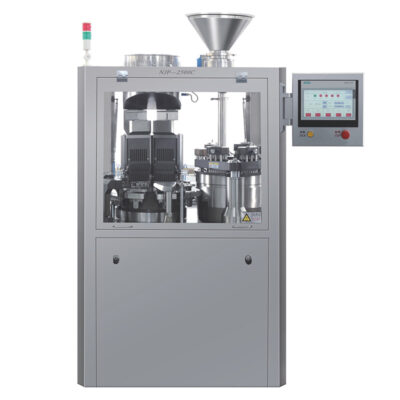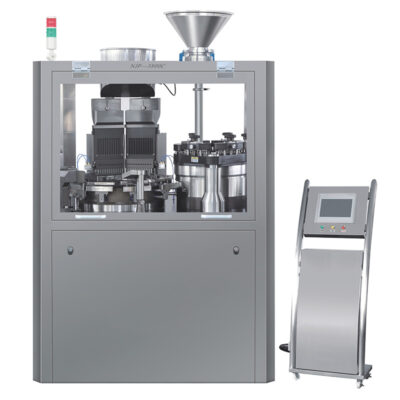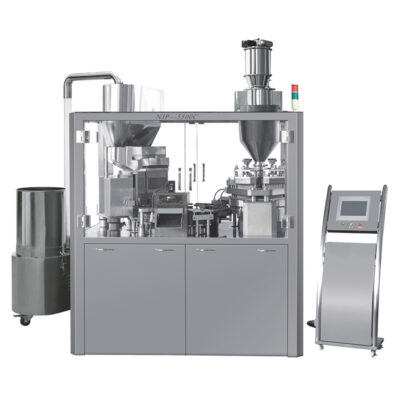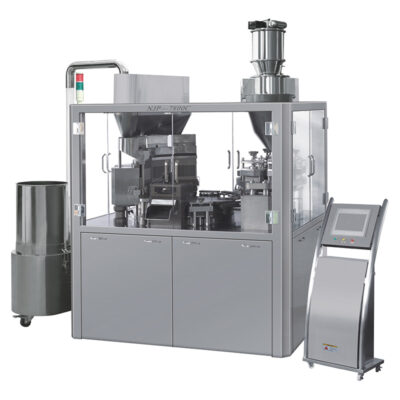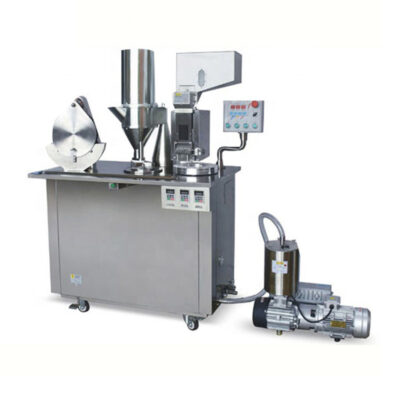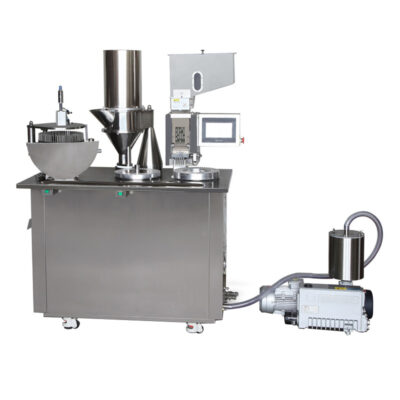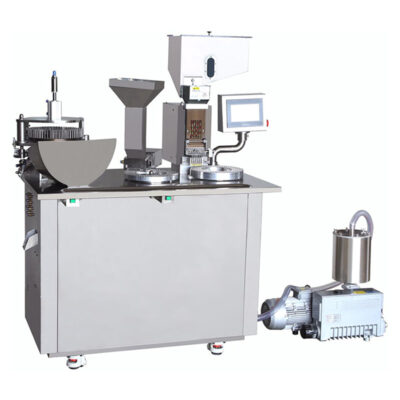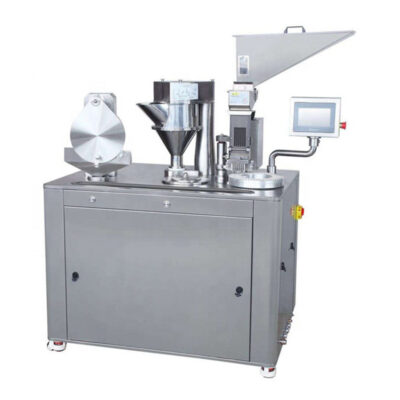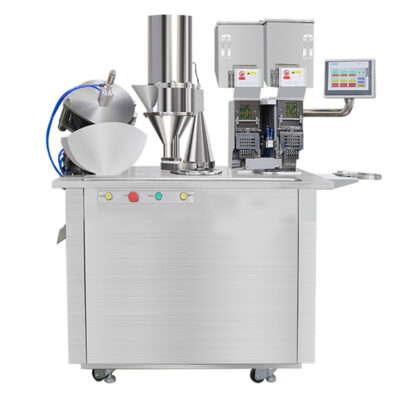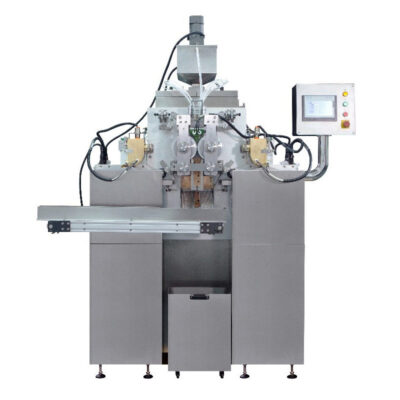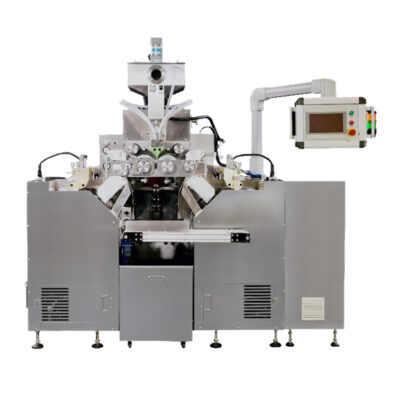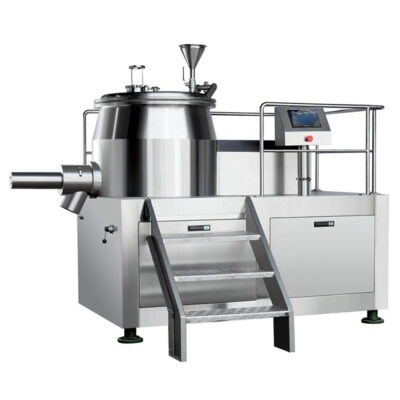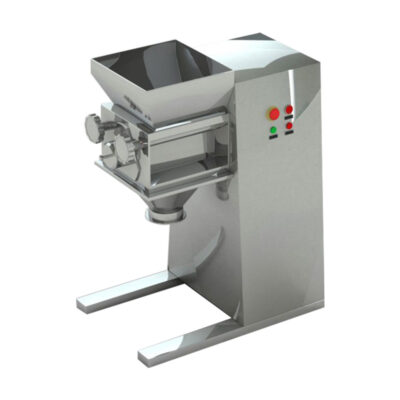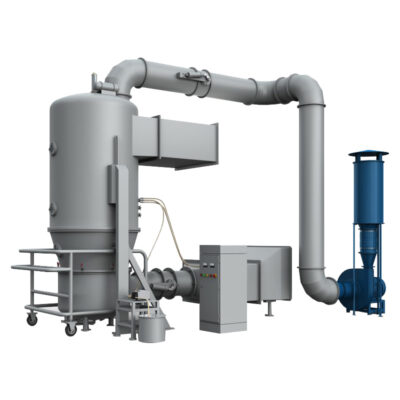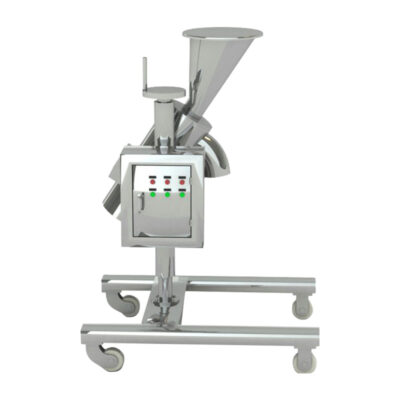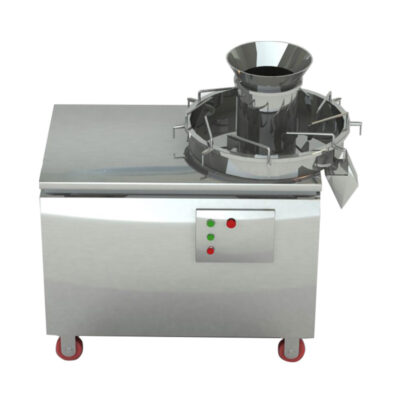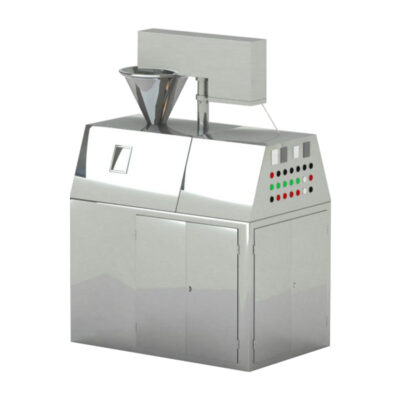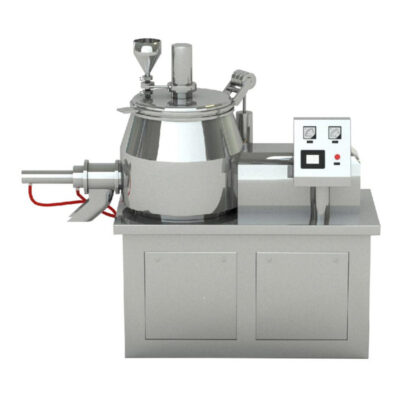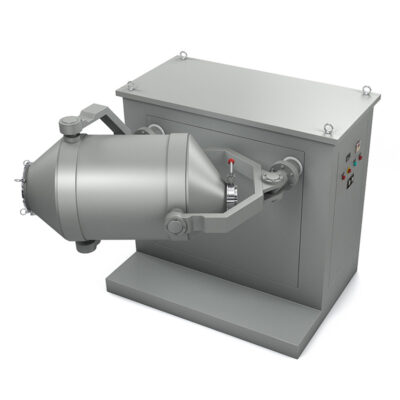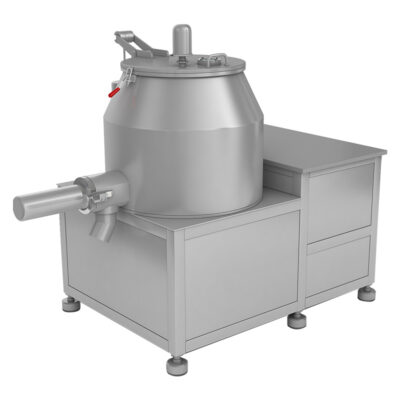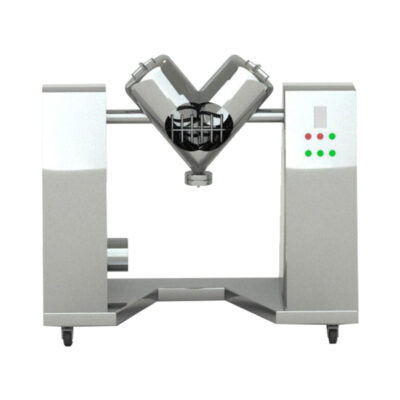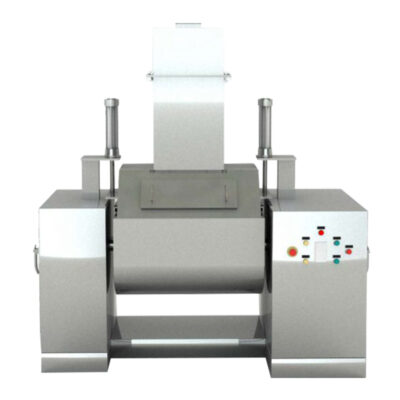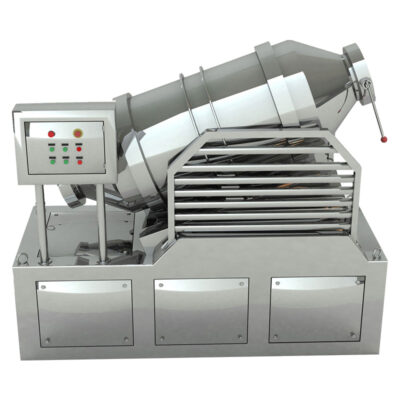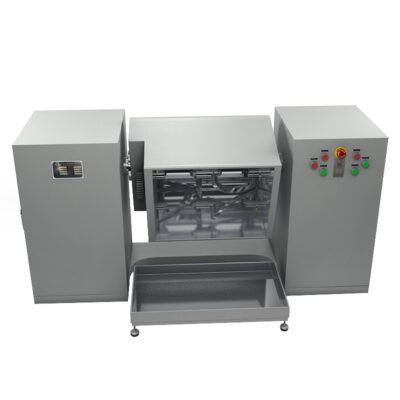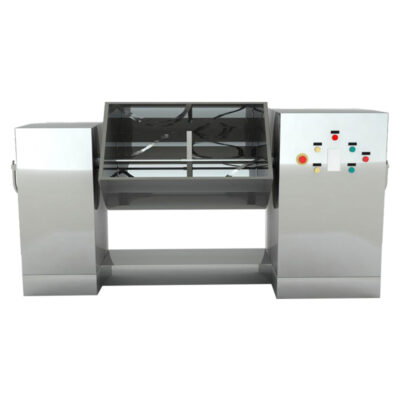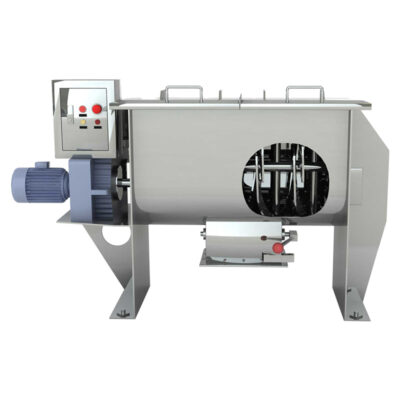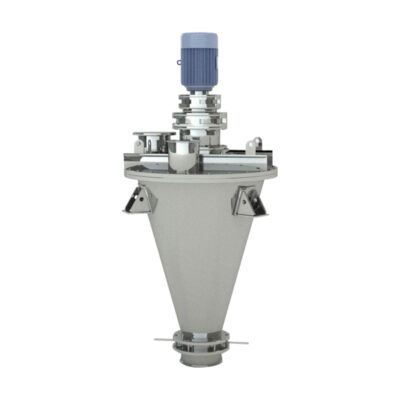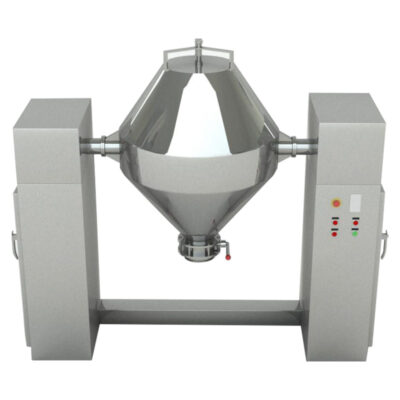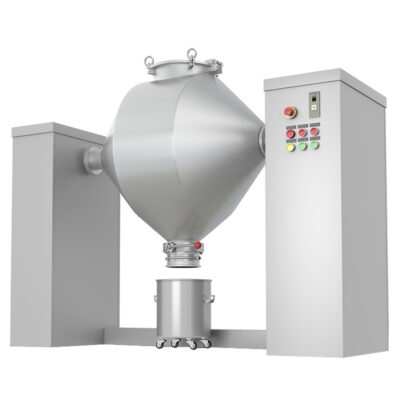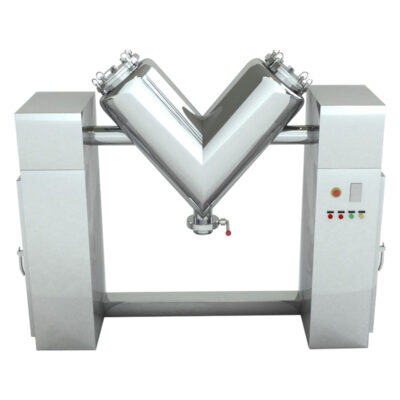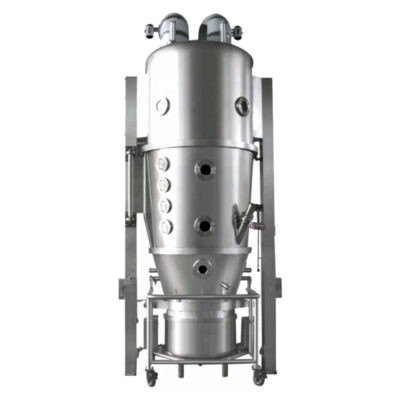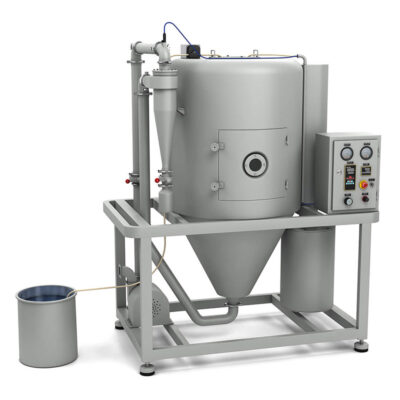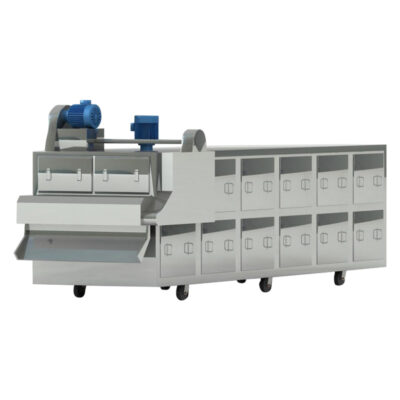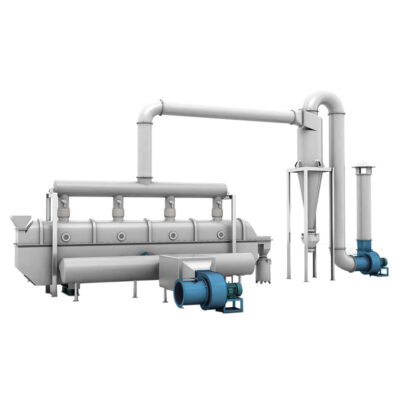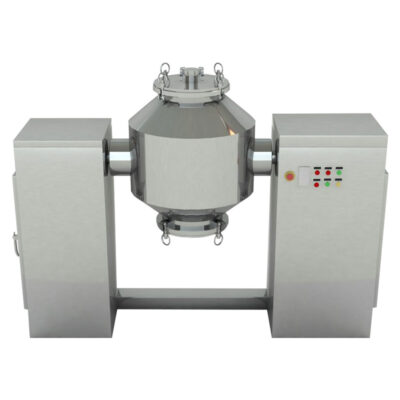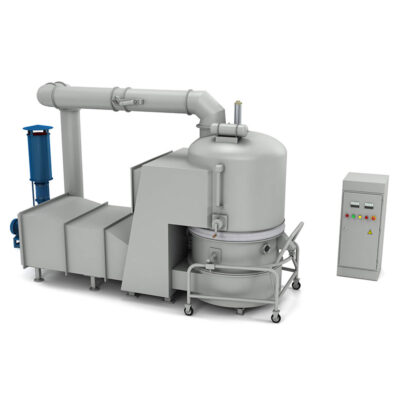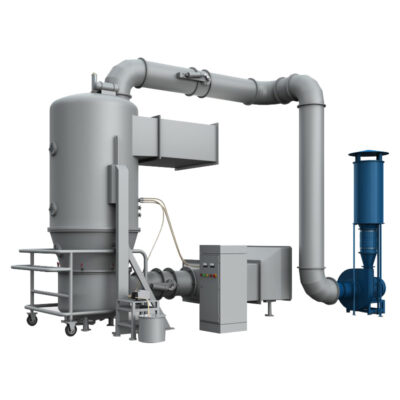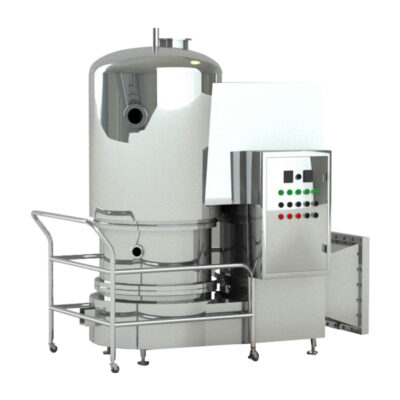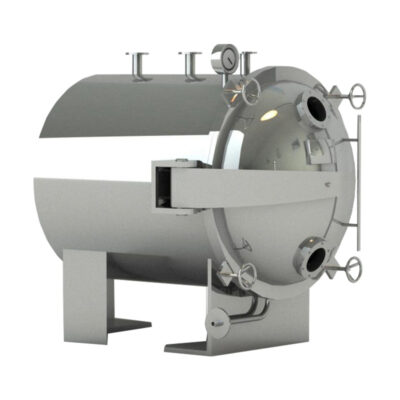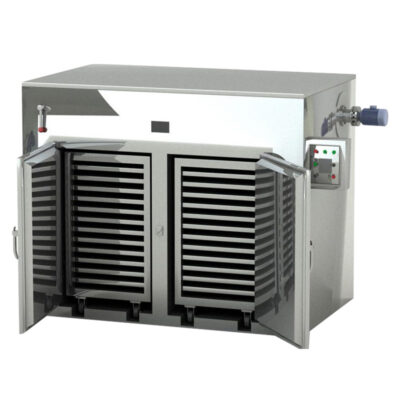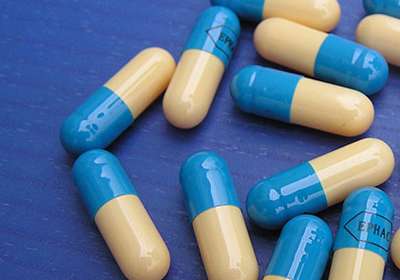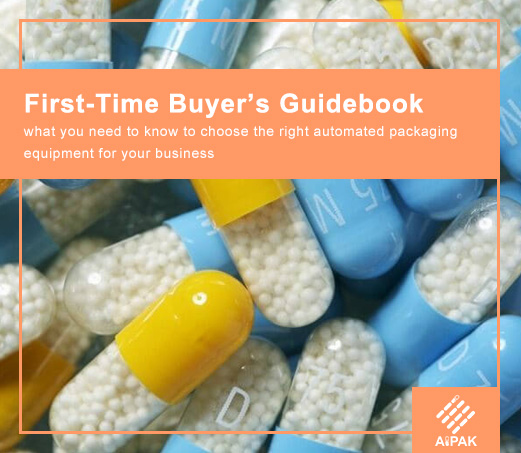PACKAGES
PRODUCTS
BAG STYLES
Pellets
Pellets are free flowing units, which are filled in capsules and formed by agglomeration technique. In agglomeration techniques, fine powder is taken, which is transformed into fine granules. These pellets offer several advantages such as multiple drug delivery in a single dose, masks taste of anxious drugs and thus improve patient compliance for drug administration over other dosage forms.
In addition, pharmaceutical pellets have varied application in pharmaceutical industries such as they improve aesthetic appearance of drugs and compatible for chemically incompatible drugs.
Pellets offer many additional features compared with conventional tablets. AIPAK is able to offer a comprehensive range of pelletization processes and help you to select the procedure that best suits your needs.
That includes the fluid bed granulation machine,the dryer machine,the mixer machine,all of which work to make the pelletization process.
Pellets are typically varied between 500-1500 μm in size for pharmaceutical applications. It is of great interest over other similar techniques due to its uniformity of dose, less susceptibility of dose dumping, less friability etc. With the advent of these AIPAK machines, drug loaded pellets have been widely investigated for its control release property in gastrointestinal tract.
Machines For Pellets
Videos For Pellets
Frequently Asked Questions
Pellet materials for pharmaceutial purpose are:
- Microcrystalline Cellulose
- Tartaric acid (functional)
- Isomalt
- Sugar
- Dibasic Calcium Phosphate
- Polyols
- Lactose-Starch
- Lactose-Cellulose
- Carnauba wax
- Silica
Most pellet materials are seen to be neutral. They do not show mentionable influence on the drug dissolution characteristics. An exception are tartaric acid pellets (TAP). TAPs assist dissolution of weakly basic drugs by serving a localized acidic environment. A good summary is given in an overview article.
Several products contain pharmaceutical pellets. Pharamceutical pellets are found in multipartitular oral dosage forms:
- Oral suspensions
- Sachets / stick pack
- ODT (oral desintegrating tablets)
- MUPS (Multiple Unit Pellet Systems)
- Fixed dose combinations
- Capsules
Yes, definitely pharmaceutical pellets for paediatrics are useful. Advantages are:
- flexible dosing units
- homogeneous drug distribution
- Reduces risks, such as dose dumping
- high customer compliance of adolescents, children, infants, neonates and newborns
The main reason for specialized paediatric medicine are certain differences of the human body interaction with the drug formulation. For example, neonates and infants have increased stomach pH due to decreased acid secretion. Drug uptake and bioavailablity might therefore be different. Modified drug formulations are requested, which do not only consider a change in drug concentration, but also pay respect to dissolution profiles.
Mostly, pharmaceutical pellets for paediatrics are used in pellet technologies.
Main functionalities of starter pellets are:
- serving as drug carrier in pharmaceutical formulations
- suited for multi-particulate drug solutions
- used for coating and layering with actives and excipients
- allowing time-resolved release profiles
The overall expression for employing pellets in drug formulations is called pellet technologies. Some pellets, such as made of tartaric acid, serve additional functionalities.
The advantages of pellets in oral dosage forms compared to monolithic dosage forms are:
- low variability of gastric emptying
- lower dependency on nutrition state
- low risk of localized high drug concentrations in the GI
- reduced risk of sudden dose dumping
- lower intra- and inter-individual variability
- high control on time and place of drug delivery

